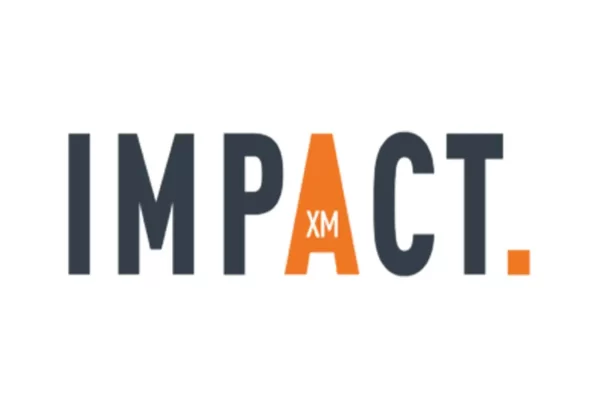Event production is a tricky business. Producing events that support your company’s business objectives is difficult enough, but as companies become more environmentally conscious, the need to incorporate a sustainability strategy adds a new layer of complexity.
However, there is hope.
Until now, the tradeshow industry has operated without standardized planning guidelines or objective criteria for measuring the “green-

ness” of an event. Thanks to the release of the APEX/ASTM Sustainable Meetings Standards, event producers now have benchmarks that can be used to measure an event’s sustainability.
Along with other industry experts, I served on the APEX panel that developed the nine standards that will guide sustainability efforts in the tradeshow and exhibition industry moving forward. The main reason I served for more than three years is because at Freeman, we are constantly asking ourselves how we can do better – for our clients, for our industry and for our community. I felt that serving on this panel provided an opportunity for me to make progress on all counts. I’m proud, and I know each member of the panel is proud of what we accomplished.
The panel, which included industry experts and members of the Environmental Protection Agency, met and decided the following areas would include most, if not all, aspects of a meeting or event.
- Accommodations
- Audio/Visual
- Communications and marketing
- Destinations
- Exhibits
- Food and beverage
- Meeting venue
- On-site offices
- Transportation
A committee was assigned to each of the standards to develop the applicable evaluation criteria; these criteria became eight “impact areas,” which include staff management, communication, waste management, energy, air quality, water, procurement, and community partners.
Each impact area has a rating system from level one to four. Level one is the most attainable, and an event may claim a level as long as every standard and impact area meets that level. For example, if an event reaches level four for all standards and impact areas except one (a level three), then that event can only claim to be a level three meeting. An individual event may not use all of the standards, as not all standards may be applicable. For example, an event that does not have any food service might not need to include the “food and beverage” standard. The standards are purely enforced using the honor system.
While creating the standards, it was important to develop multiple levels for a few reasons. First, the levels serve as a guide for learning how to improve the sustainability of your event. Second, the four levels provide a means for benchmarking and tracking progress in improving the sustainability of your event.
The APEX panel was started in 2008 by members of the Green Meetings Industry Council (GMIC) during initial conversations with the EPA. The concept was then brought to the Convention Industry Council (CIC), which consists of 31 member organizations in the meetings and events industry. A panel was formed within the Accepted Practices Exchange, an initiative of the CIC for the development and implementation of industry-wide practices, where the nine standards began to take shape. This is the committee that worked for three and a half years to develop and implement the standards we have today.
Through it all, the standards are an important entrance for our industry to improve our sustainability that will yield real benefits in reducing our impact on the environment.
For more information on creating sustainable events and using the APEX/ASTM Sustainable Meeting Standards, please contact Joe Pestka at joe.pestka@freemanco.com.





















